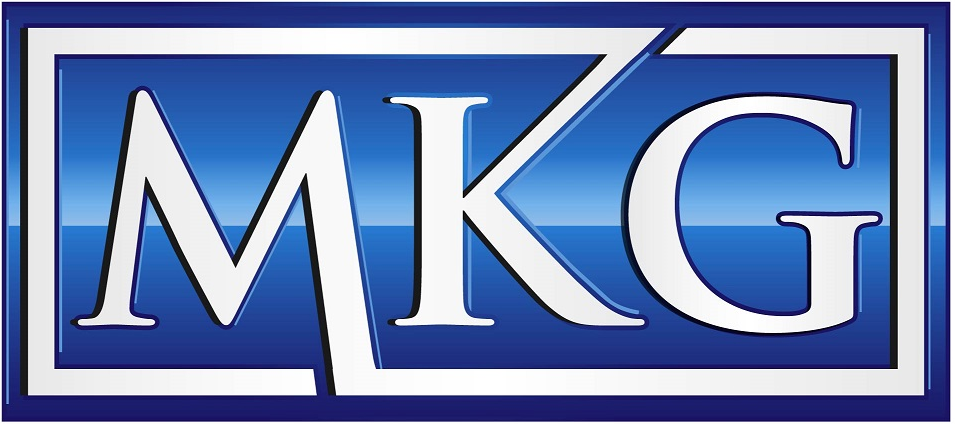Canadian Tax system
In Canada, most types of income (employment, commission, gratuities, business, capital gains, investments, etc.) are taxable and must be reported in the year in which they were earned. This includes worldwide income for individuals who are considered Canadian residents for tax purposes. Generally Canadian residents are those with substantial residential ties to Canada such as owning a home or having immediate family members in Canada. Canada employs a self-assessment tax system which means that it is the taxpayers’ responsibility to report their own income, claim their deductions and credits, and file their own tax returns based on the rules set out in the Income Tax Act.
Depending on their source of income, taxpayer may be entitled to some deductions. Business income earners, for example, can generally deduct all reasonable expenses they incur in order to generate income. All taxpayers, regardless of their income source, can deduct their eligible RRSP contributions in the year in which they were made. Tax payable is further reduced by a series of refundable and non-refundable tax credits. These credits include age, disability, charitable and political donations, universal child care, and public transit credits. The distinction between deductions and credits is that deductions reduce your taxable income while tax credits reduce your tax payable. This means the money a taxpayer saves by deducting a deductible expense depends on their marginal tax rate so if you are a higher earner with a 29% marginal tax rate, your deductions are also applied at the same rate. On the other hand, eligible taxpayers all receive the same amount by claiming their tax credits. For example every person who purchased public transit passes will receive a 15% credit regardless of their income and marginal tax rate. Therefore for taxpayers whose marginal tax rate is higher than the lowest tax bracket, deductions result in more tax savings than tax credits. The difference between refundable and non-refundable tax credits is that you can only reduce your taxable income to zero by applying a non-refundable tax credit. Any overages will not result in a refund. However you will receive a refund for your refundable tax credits once they have reduced your taxable income to zero. This is an important distinction for lower and middle income earners as most credits can be carried forward and should be applied only if the tax payer benefits from them in the current year. Otherwise they should be carried forward.
Some of the assistance programs provided by the government such as the Universal Child Care are also considered benefits and must be included in the recipient’s income. Others such as social assistance and Canada Child Tax Benefit are non-taxable, although social assistance is included in income but also receives a matching deduction.
For a list of the refundable and non-refundable tax credits please see table XXX. Page 158- Tax Credit tables
Income tax returns must be filed no later than April 30 following each taxation year. In some circumstances such as when a taxpayer carries out a business, the deadline is extended to June 15 following each taxation year. A 5% penalty and a 1% monthly interest are charged by both the federal and provincial governments if the tax return is filed late. Penalties are increased for those who repeatedly miss the deadline. Those who expect a refund will not be charged interest or penalties.
